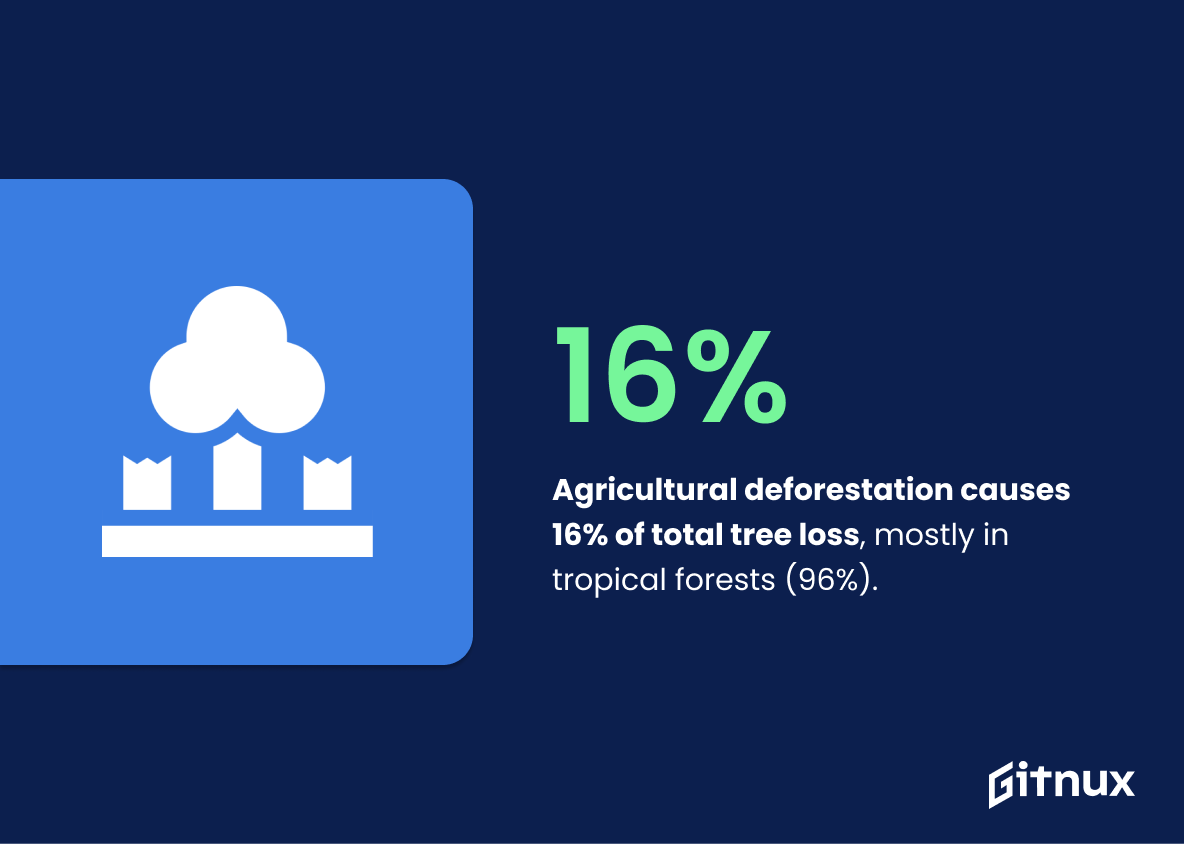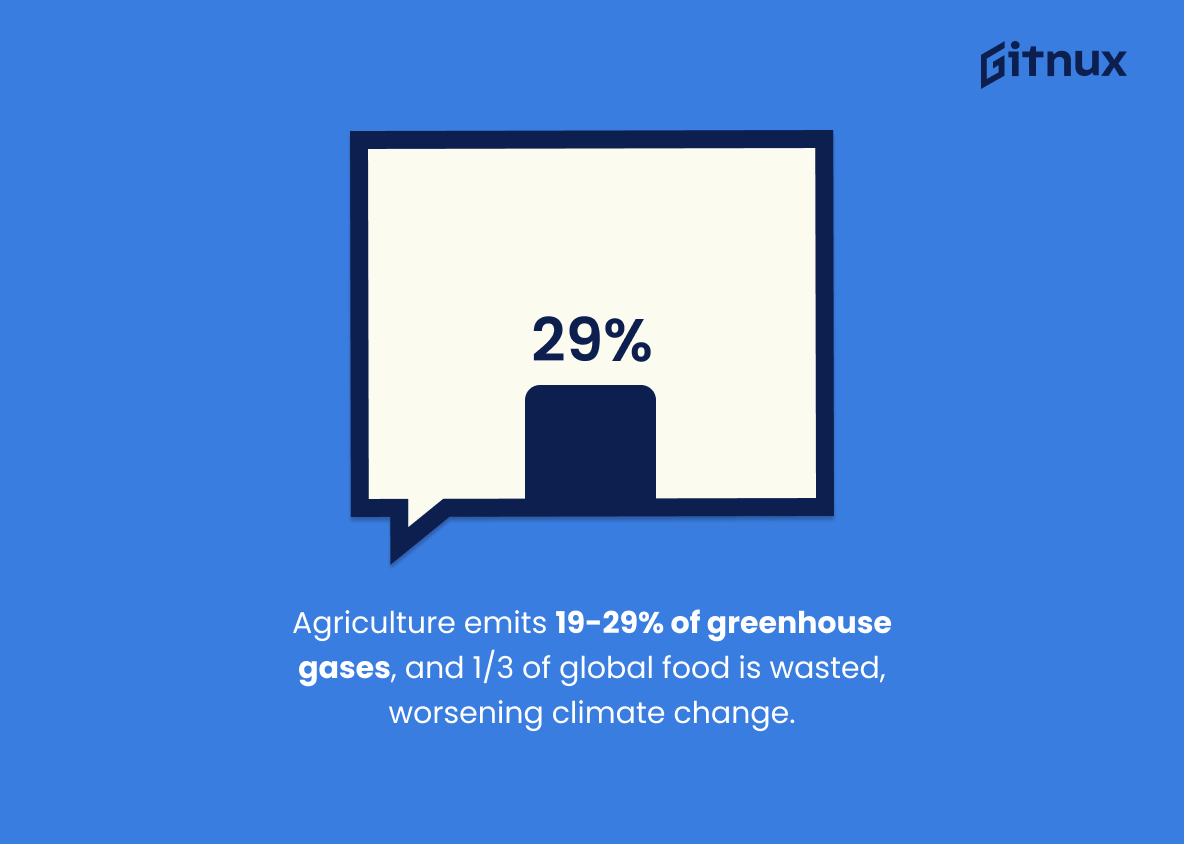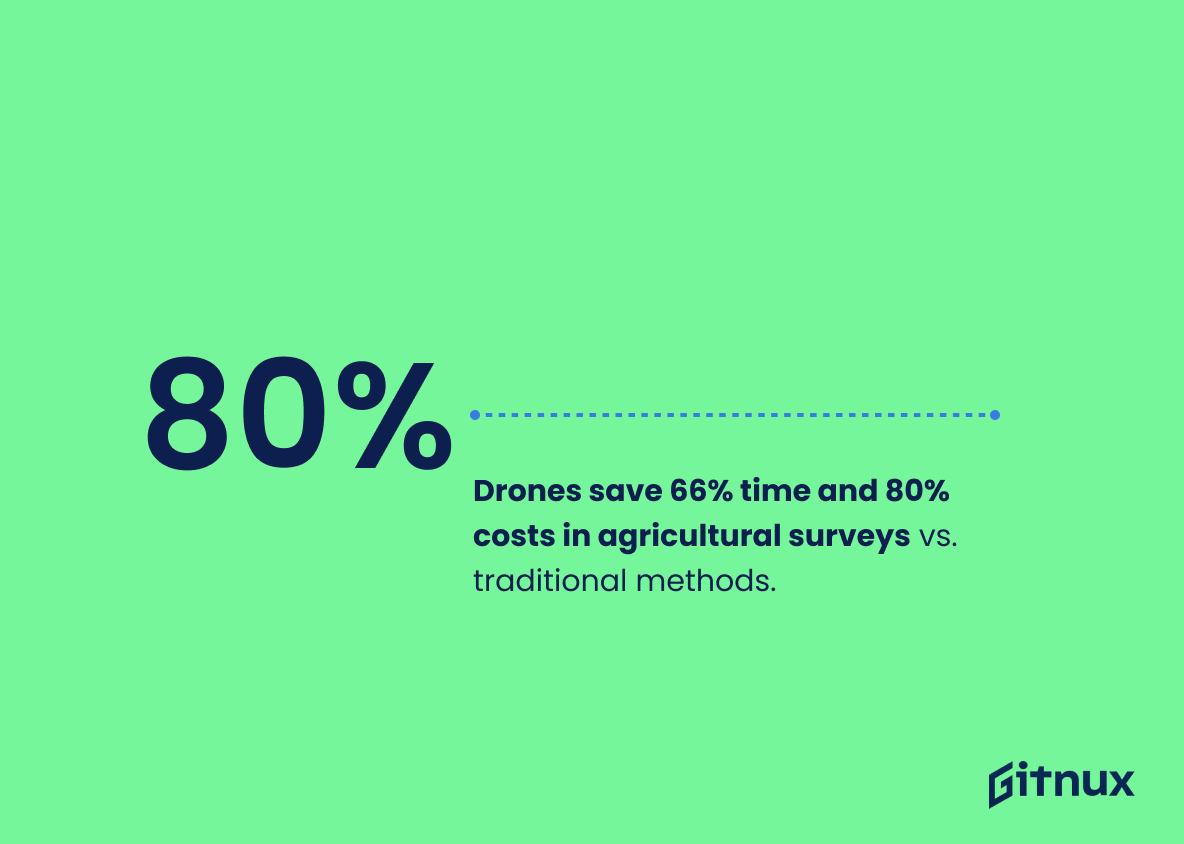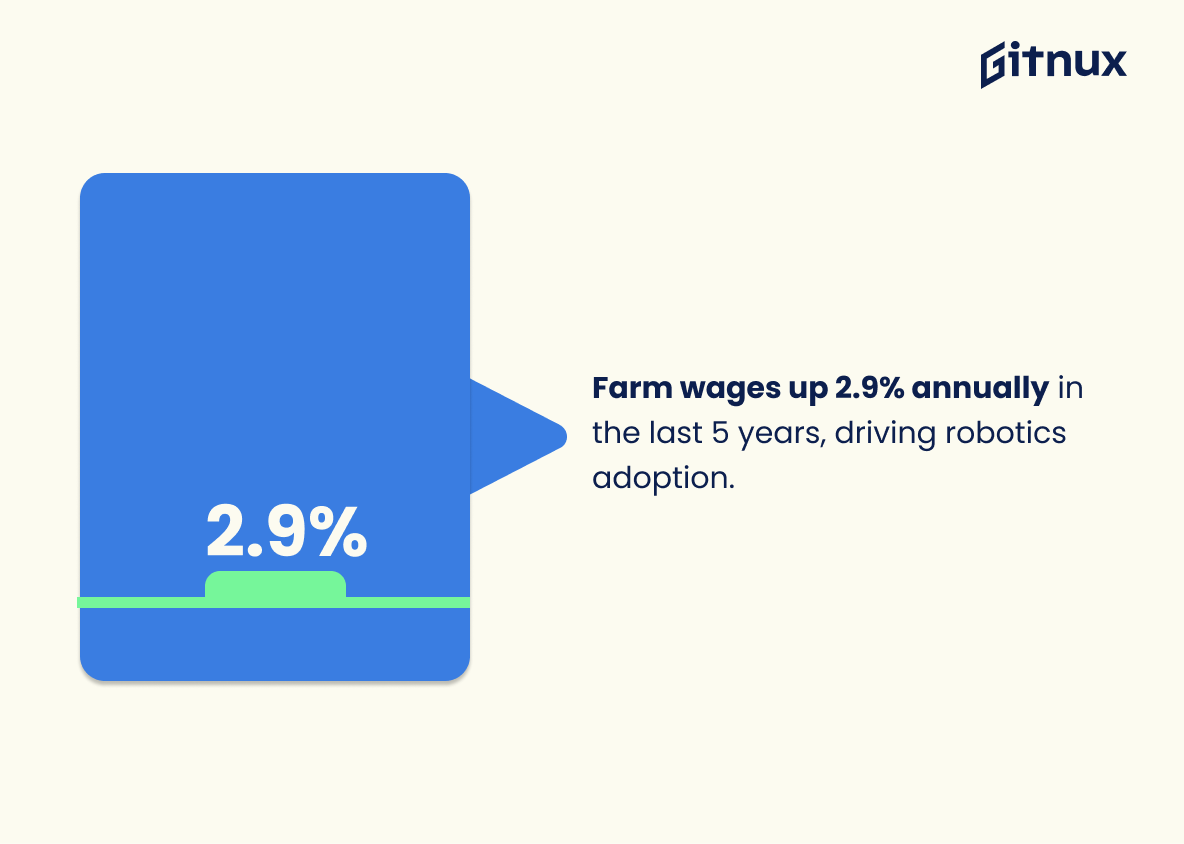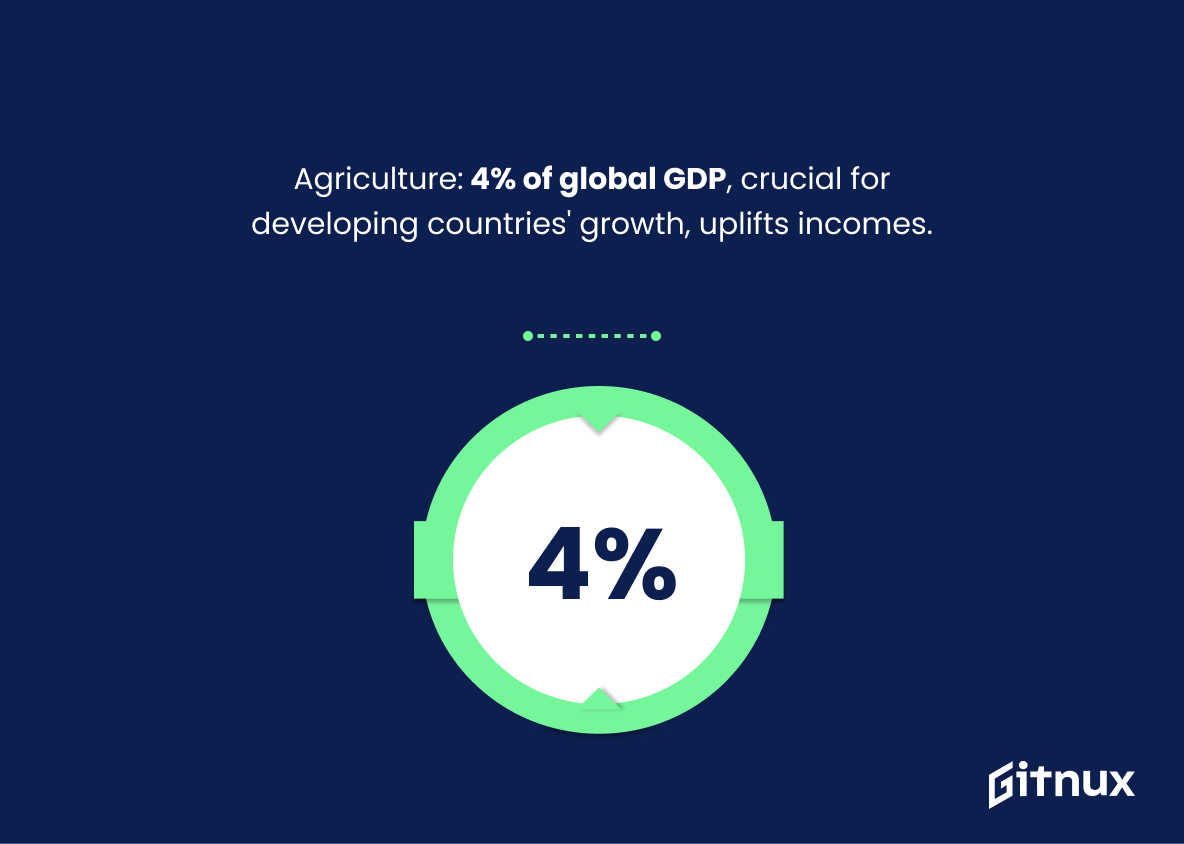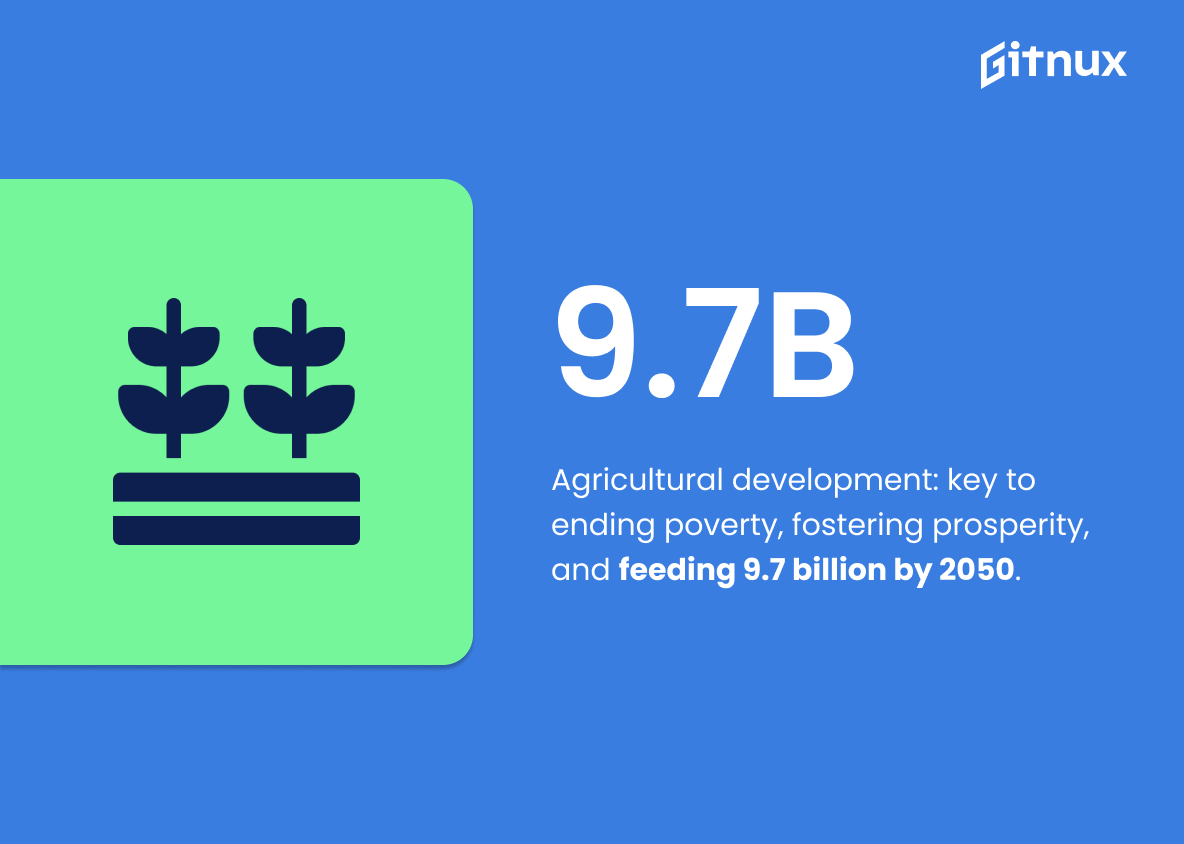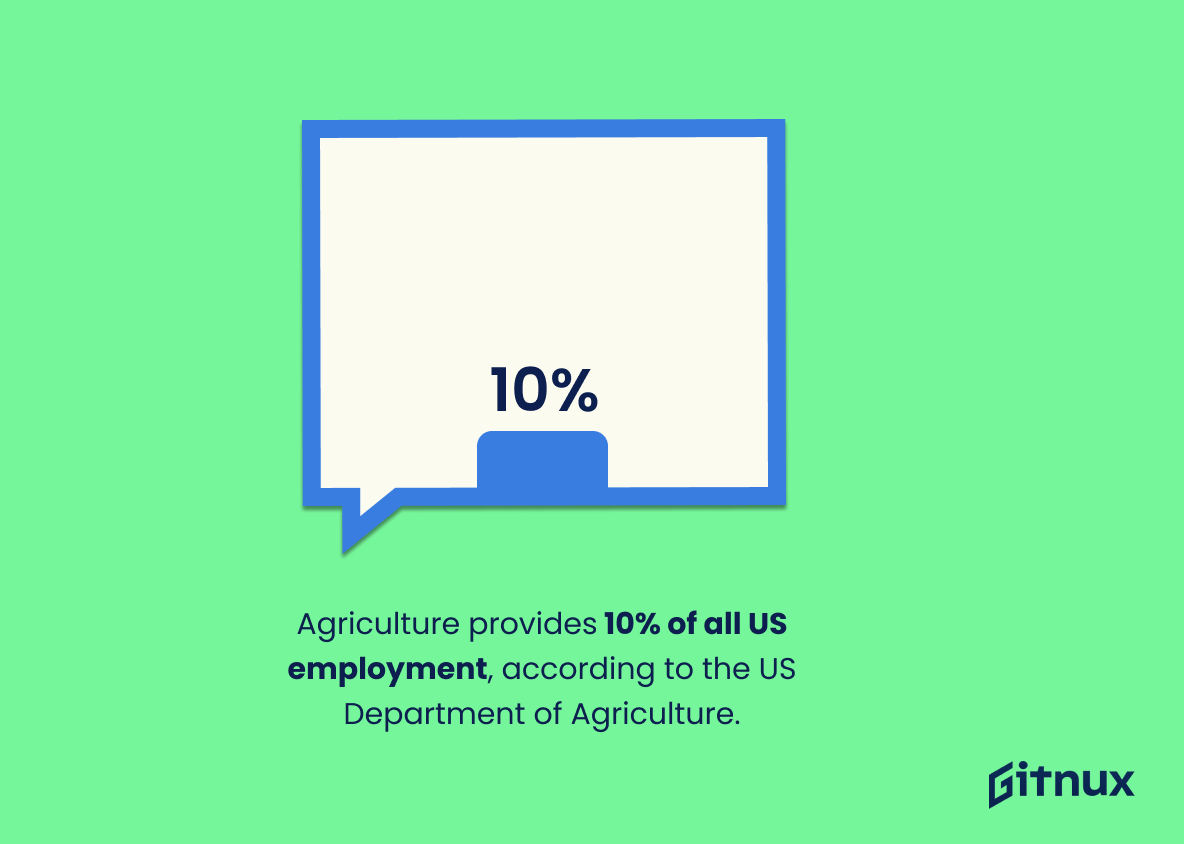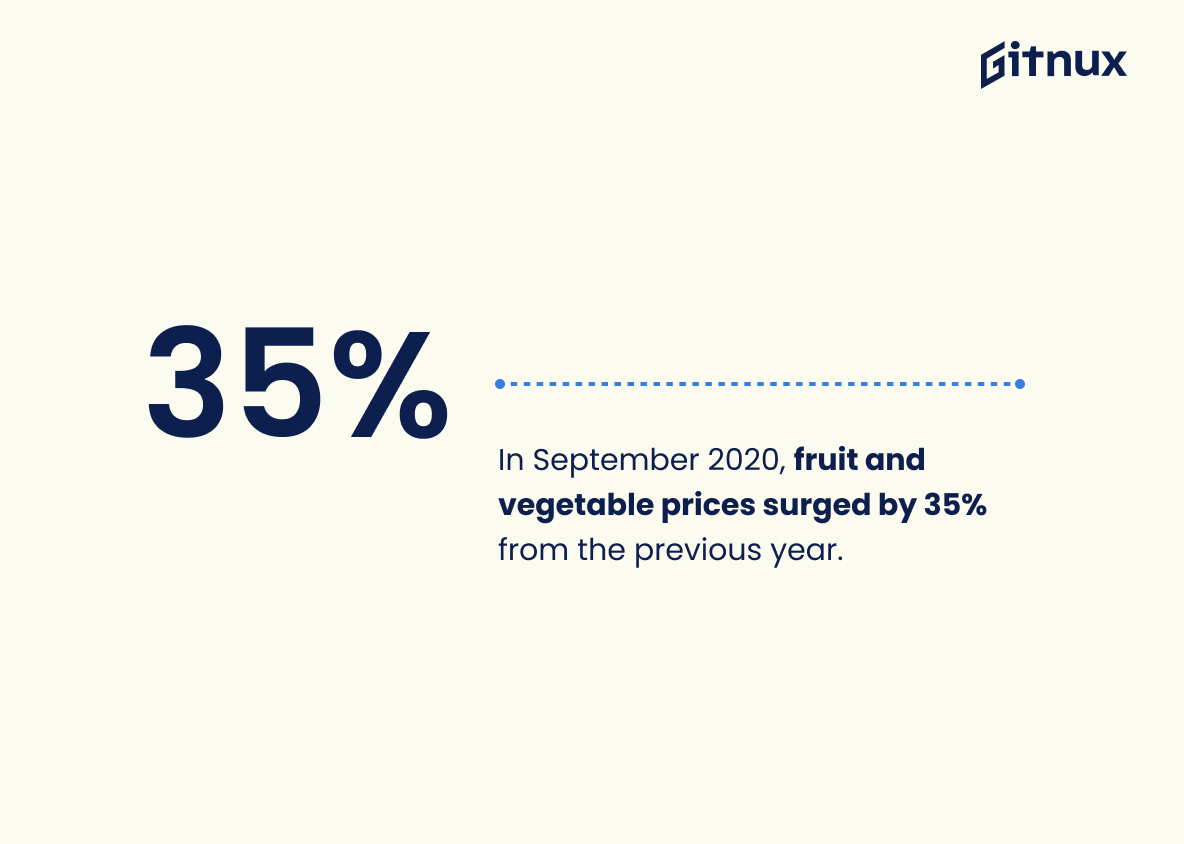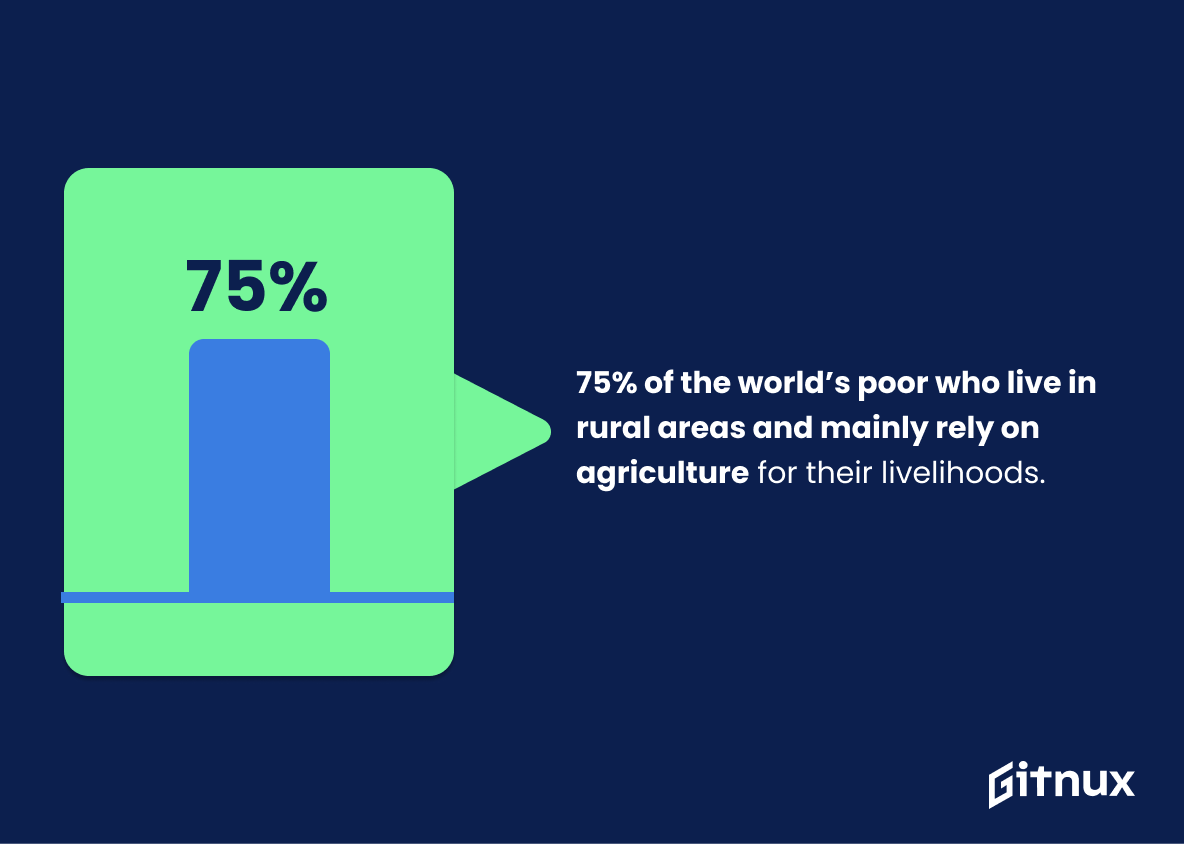Agriculture is an essential part of our lives and the economy. It provides us with food, fiber, and other products. But how much do we really know about the state of agriculture?
In this blog post, we will explore some of the most interesting and important agriculture statistics. We will look at the number of farms, the amount of land used for agriculture, and the types of crops grown. We will also discuss the impact of technology on agriculture, the economic impact of agriculture, and the importance of conservation.
Agriculture: The Most Important Statistics
Agriculture generates 19-29% of total greenhouse gas emissions and 1/3 of food produced globally is lost or wasted, making it a major contributor to climate change.
Aerial Mapping with drones saves up to two-thirds of time and 80% of costs compared to traditional field surveys.
Agriculture: Statistics Overview
Deforestation for the agriculture industry accounts for 16% of total tree loss cover, with 96% of this taking place in tropical forests.
This statistic highlights the impact of deforestation on the environment, which can have serious consequences for the biodiversity of tropical forests and the organisms and animals that inhabit them.
Agriculture generates 19-29% of total greenhouse gas emissions and 1/3 of food produced globally is lost or wasted, making it a major contributor to climate change.
These numbers demonstrate the need for action to reduce emissions and food waste in order to meet climate goals and reduce environmental stress.
Check out our latest Climate Change Statistics
Aerial mapping with drones saves up to two-thirds of time and 80% of costs compared to traditional field surveys, making it a cost-effective and time-saving method of surveying agricultural areas.
Aerial mapping allows for more efficient and accurate data collection, which can be used to inform policy decisions and improve agricultural practices.
Farm wages have increased 2.9% per year in the last five years, encouraging farmers to adopt robotics in the workforce.
It shows the trend of increasing wages in the industry, which is encouraging farmers to invest in robotics to reduce costs and errors. This is an important statistic to track, as it can help inform decisions about the future of the industry.
Agriculture is an important sector for economic growth, accounting for 4% of global GDP and up to 25% in developing countries, and is 2 to 4x more effective in raising incomes among the poorest.
It highlights the importance of agriculture in developing countries, where it can have a significant impact on the incomes of the poorest people. It also shows how investing in the agriculture sector can be a powerful tool for economic growth.
Agricultural development is one of the most powerful tools to end extreme poverty, boost shared prosperity, and feed a projected 9.7 billion people by 2050.
This statistic highlights the urgent need for sustainable agricultural development in order to meet the rising global demand for food, and the importance of investing in agricultural development in order to ensure global food security and reduce extreme poverty. There is a need to implement effective strategies for agricultural production, such as water conservation and access to improved seeds and inputs, in order to ensure that the food supply can meet the demands of a growing global population.
Agriculture provides 10% of all US employment, according to the US Department of Agriculture.
Agriculture is an important part of the US economy, and it can have a major impact on employment and economic growth.
In September 2020, seasonal fruit and vegetable prices increased by 35% compared to the same month in 2019.
This statistic shows the impact of climate change on the agricultural industry. As farmers have had to increase the price of fruit and vegetables due to climate change, consumers have had to pay more for these items, making them less accessible. This statistic highlights the need for further investment in the agricultural industry to ensure that farmers have the resources they need to produce food in a sustainable and affordable way.
75% of the world’s poor who live in rural areas and mainly rely on agriculture for their livelihoods.
It highlights the fact that the majority of the world’s poor rely on agriculture for their livelihoods. A strong agricultural sector is necessary to alleviate poverty and improve the overall well-being of people living in rural areas. This statistic also highlights the need to provide support to small-scale farmers and invest in agricultural development initiatives that can help improve the lives of the rural poor.
Conclusion
In conclusion, agriculture statistics are an important tool for understanding the current state of the agricultural industry and its potential for growth. They provide a wealth of information on a variety of topics, from crop production and yields to labor force participation and farm income.
By understanding the data, farmers, researchers, and policymakers can make informed decisions that will help ensure the future of the agricultural industry.
References
1 – https://earth.org/deforestation-facts/
2 – https://www.worldbank.org/en/topic/climate-smart-agriculture
3 – https://oecd-opsi.org/innovations/aerial-mapping-of-agricultural-areas-using-drones/
4 – https://www.emergenresearch.com/industry-report/agricultural-robotics-market
5 – https://www.worldbank.org/en/topic/agriculture/overview
6 – https://online.maryville.edu/blog/why-is-agriculture-important/
7 – https://www.morningadvertiser.co.uk/Article/2022/09/30/Inflation-How-much-have-fruit-and-veg-prices-risen-by
